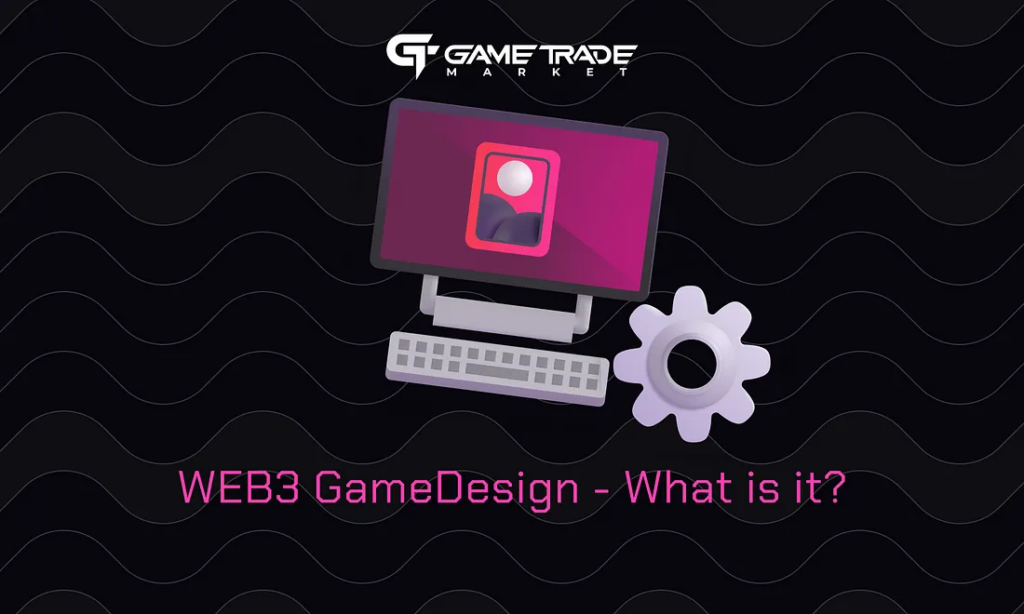In this article, we’ll explore the fusion of blockchain technology and UX in Web3 games, and delve into how successful titles like Axie Infinity are using NFTs to improve game design.

The world of gaming is undergoing a transformative evolution with the advent of Web3 technology. Blockchain has brought new dimensions to the gaming industry, creating opportunities for immersive gameplay and player-driven economies. In this article, we’ll explore the fusion of blockchain technology and user experience (UX) in Web3 games, and delve into how successful titles like Axie Infinity are NFTs to revolutionize game design.
Immersive Web3 Gaming Experience
Traditional gaming achieves immersion through captivating narratives and interactive environments. Web3 games, on the other hand, incorporate blockchain’s transparency and openness to enhance immersion. A prime example is “Axie Infinity,” where players own in-game assets as NFTs, enabling trading on open markets and earning crypto tokens through gameplay. This integration of Web3 features elevates the gaming experience, as players have tangible stakes in the virtual economy.
Using NFTs to Enhance Gameplay
NFTs have the power to reshape game design by introducing ownership, scarcity, and provenance elements. These digital assets, ranging from in-game items to characters, are unique, indivisible, and verifiable. “The Sandbox” exemplifies this concept, where each parcel of land in the metaverse is an NFT. This empowers players to own and develop their virtual properties, fostering a dynamic, user-driven economy and enriching strategic gameplay.
UX Design in Web3 Games
Bridging Blockchain and Gaming
While integrating blockchain into gaming is exciting, it must not compromise user experience. Successful Web3 games strike a balance between blockchain complexity and a seamless, user-friendly interface. “Decentraland” offers a user-centric interface, concealing Web3 intricacies as players explore, interact, and create content with blockchain facilitating transactions discreetly in the background. “Gods Unchained,” a crypto TCG, bridges the gap for newcomers by offering a familiar card game feel with NFT-based card ownership.
The Need for Simpler UI
Many blockchain games face UI challenges that deter new users. To promote broader adoption, several improvements are vital:
- Enhanced UI Design: Prioritize clean, intuitive interfaces for navigation and token transactions.
- User-Centric Approach: Ensure that wallet connectivity and in-game transactions are straightforward and user-friendly.
- Guiding New Users: Offer guidance to assist newcomers in understanding blockchain basics, easing their transition into the game.
- Iterative Design: Continuously refine UI/UX based on user feedback and evolving needs.
- Developer-Designer Synergy: Foster collaboration between developers and UI/UX designers to create secure, user-friendly interfaces.
Looking Ahead
The future of Web3 gaming lies in harmoniously integrating blockchain technology to enrich gameplay, enhance strategy, and empower players with a sense of ownership. Games like Axie Infinity, The Sandbox, Decentraland, Gods Unchained, and Blankos Block Party illustrate how blockchain can be harnessed to create immersive and engaging player experiences. Striking the right balance between innovative blockchain utilization and traditional gaming aspects is the key to crafting unique, enjoyable, and accessible Web3 games.
Conclusion
As Web3 gaming continues to evolve, the synergy between blockchain tech and user experience will pave the way for groundbreaking gaming experiences. The era of player-driven economies, NFT-powered assets, and seamless interfaces has arrived, promising an exciting future for both gamers and developers in the Web3 gaming landscape.

